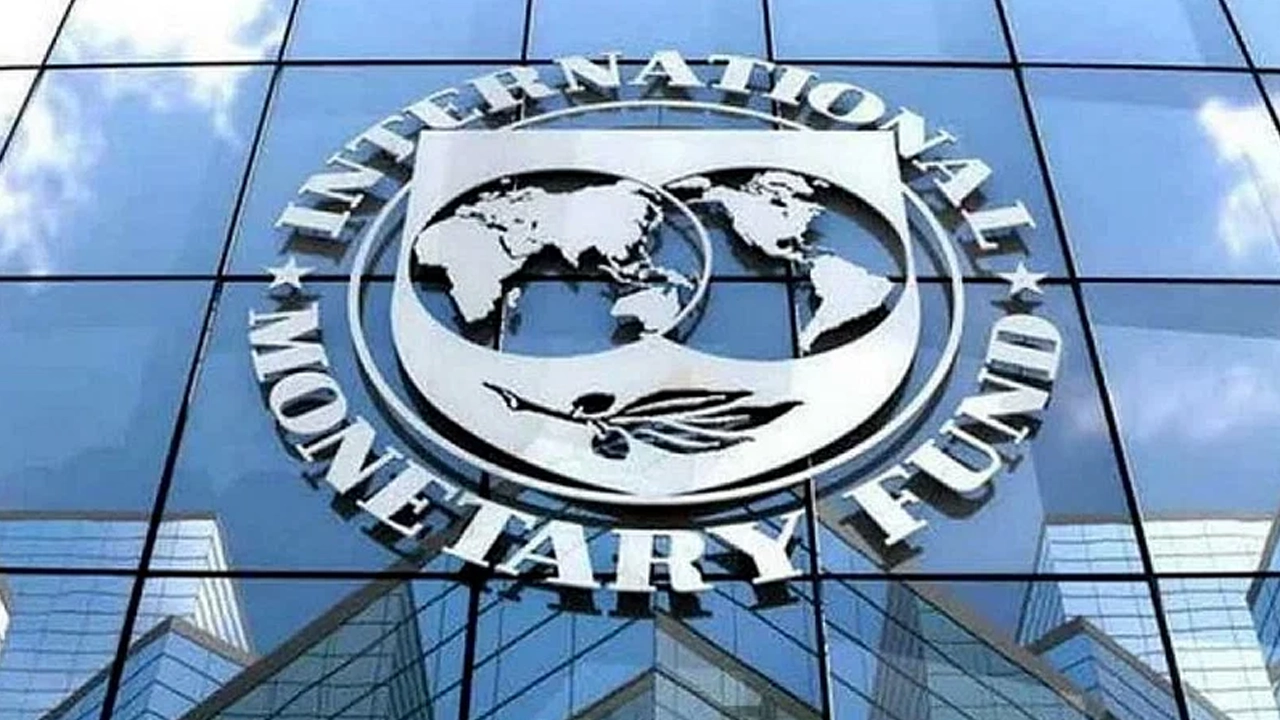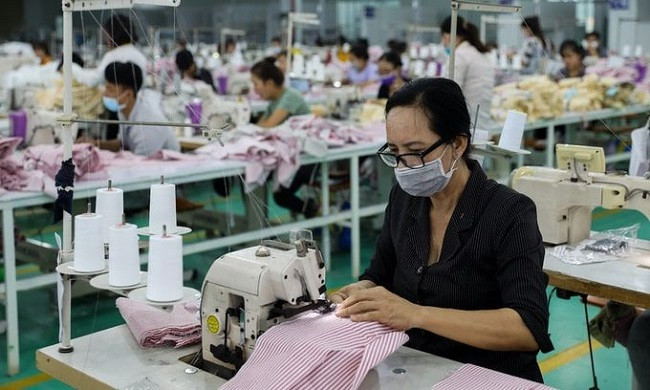অটোমেশনে কাজ হারিয়েছেন ৩১ শতাংশ পোশাকশ্রমিক
আধুনিক প্রযুক্তির ব্যবহার বা অটোমেশনের কারণে তৈরি পোশাক কারখানায় উৎপাদন ত্বরান্বিত হলেও কাজ হারিয়েছেন ৩০ দশমিক ৫৮ শতাংশ শ্রমিক। কাজ হারানোদের বড় অংশই হেলপার পদে কাজ করতেন। এ ছাড়া নারী, বয়স্ক ও অদক্ষ শ্রমিকদের কর্মসংস্থানকে বড় ধরনের চ্যালেঞ্জের মুখে ফেলেছে আধুনিক প্রযুক্তি।
‘বাংলাদেশের তৈরি পোশাক খাতের প্রযুক্তিগত রূপান্তর এবং শ্রমিকদের ওপর এর প্রভাব’ শিরোনামে গবেষণা প্রতিবেদনে এমনটাই উঠে এসেছে। গবেষণা জরিপ পরিচালনা করে বাংলাদেশ লেবার ফাউন্ডেশন।
আজ রোববার রাজধানীর একটি হোটেলে আনুষ্ঠানিকভাবে এ জরিপ প্রতিবেদন উপস্থাপন করে বাংলাদেশ লেবার ফাউন্ডেশন ও আন্তর্জাতিক সুশীল সমাজ সংস্থা সলিডারিডাড।
জরিপ ও গবেষণা কার্যক্রমে নেতৃত্ব দেন ব্র্যাক বিশ্ববিদ্যালয়ের অর্থনীতি ও সমাজবিজ্ঞান বিভাগের অধ্যাপক শাহিদুর রহমান।
গত আগস্ট থেকে অক্টোবর পর্যন্ত জরিপটি পরিচালনা করা হয়। মিশ্র পদ্বতিতে ঢাকা, গাজীপুর ও নারায়ণগঞ্জের ৪২৯ জন শ্রমিকের সাক্ষাৎকার, ২৬ সংশ্লিষ্ট অংশীজনের সঙ্গে আলোচনা ও ৪টি দলীয় আলোচনার মাধ্যমে জরিপে তথ্য সংগ্রহ করা হয়।
জরিপে বলা হয়, পোশাক খাতের মধ্যে কাজ হারানোর ঘটনা সবচেয়ে বেশি সোয়েটার কারখানায়। এ ধরনের কারখানায় ৩৭ দশমিক শূন্য ৩ শতাংশ শ্রমিক কাজ হারিয়েছেন। শার্ট-প্যান্ট তৈরির ওভেন খাতে কাজ হারানোর হার ২৭ দশমিক ২৩। কোনো পোশাক উৎপাদনে বেশ কয়েক ধাপে কাজ হয়। এর মধ্যে কাপড় কাটা একটি। এ কাজে সবচেয়ে বেশি ৪৮ দশমিক ৩৪ শতাংশ শ্রমিক কাজ হারিয়েছেন।
তবে আলোচনায় তৈরি পোশাক উৎপাদন ও রপ্তানিকারক উদ্যোক্তাদের সংগঠন বিজিএমইএর সহায়ক কমিটির সদস্য এবং সংগঠনের সাবেক সহসভাপতি মিরান আলী বলেন, ‘শ্রমিকেরা আসলে বেকার হয়নি। প্রশিক্ষণ দিয়ে তাদের অন্য বিভাগে কাজে লাগানো হয়েছে। অটোমেশনে কাজ হারানোর ঘটনা যেমন আছে, আবার নতুন কর্মসংস্থানের সুযোগও তৈরি হয়েছে। তবে অটোমেশনের কারণে শ্রমিকেরা যাতে কষ্ট না পায়, সে দিকে নজর রাখতে হবে।’
অনুষ্ঠানে প্রধান অতিথির বক্তব্যে শ্রমসচিব এ এইচ এম সফিকুজ্জামান বলেন, বৈশ্বিক প্রতিযোগিতার বাজারে সক্ষমতা বাড়াতে অটোমেশনের কোনো বিকল্প নেই। তবে কীভাবে অটোমেশেনর চ্যালেঞ্জ মোকাবিলা করা যায়, সে বিষয়টি গুরুত্বের সঙ্গে ভাবতে হবে।
আলোচনায় শ্রম সংস্কার কমিশনের চেয়ারম্যান এবং বাংলাদেশ ইনস্টিটিউট অব লেবার স্টাডি–বিলসের নির্বাহী পরিচালক সৈয়দ সুলতান উদ্দিন আহমেদ বলেন, ভিয়েতনামসহ প্রতিযোগী দেশগুলোর তুলনায় দক্ষতায় পিছিয়ে আছে বাংলাদেশ। এ জন্য একতরফাভাবে শ্রমিকদের দায়ী করা হয়। এ দায় সব পক্ষের। উৎপাদনশীলতা বাড়াতে সব পক্ষকেই দায়িত্ব নিতে হবে। শ্রমিক সংগঠনগুলা বিশেষ করে ট্রেড ইউনিয়নগুলোকে দায়িত্বটা কিছু বেশি নিতে হবে। কারণ, এর সঙ্গে শ্রমিকদের জীবন–জীবিকার প্রশ্ন জড়িত।
আলোচনায় অন্যদের মধ্যে বক্তব্য দেন কলকারখানা ও প্রতিষ্ঠান পরিদর্শন অধিদপ্তরের মহাপরিদর্শক ওমর মো. ইমরুল মহসিন, সলিডারিডাড নেটওয়ার্ক এশিয়ার বাংলাদেশে কান্ট্রি ডিরেক্টর সেলিম রেজা হাসান, বাংলাদেশ লেবার ফাউন্ডেশনের নির্বাহী পরিচালক এ কে এম আশরাফ উদ্দিন প্রমুখ।





















